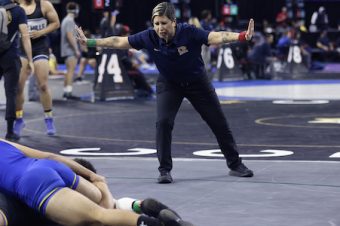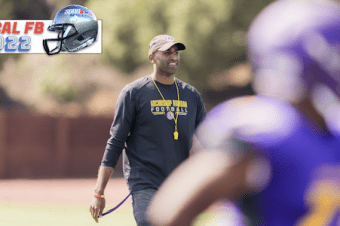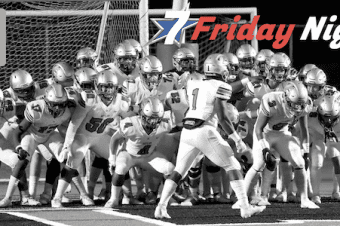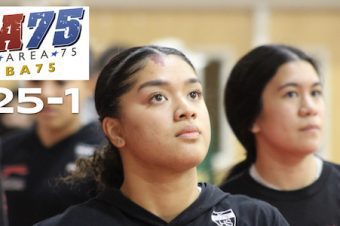TRAINING TIME: Top-end speed shouldn’t be the goal
CalHiSports Insights February 22, 2012 SportStars 0
By Tim Rudd | For IYCA
If you watch any field or court game you will notice that you see frequent accelerations. Therefore it should come, as no surprise that sport is about acceleration — not top-end speed.
Coaches, trainers and even parents often focus on the wrong strategies or use the wrong term when talking about speed, one of the most important qualities an athlete can possess.
The reality is that you should be more interested in your athlete’s acceleration: how fast they can get from zero to sixty, metaphorically speaking.
Most people see 40-yard dash tests as an indicator of speed, when actually it’s an indicator of how fast an athlete can accelerate. How fast an athlete accelerates in the first ten yards determines how fast they will run the 40.
This brings me back to a point I always come back to when discussing speed development — your athletes must get stronger and more powerful to increase their ability to accelerate rapidly.
It takes years to make an athlete fast. I’m not saying your athletes won’t get faster in the short term (they will), but how much faster will be a factor of strength and power development — which can only be optimally developed over the long term.
Most people think a great first step is required to accelerate quickly, when in reality it’s a great first push. Athletes who can produce the greatest force into the ground (action) will yield the greatest benefit from the ground (reaction).
Coaches need to stress the importance of the push-off when your athletes are accelerating. When I get new athletes, the three biggest issues I see are a weak or incomplete push-off, a step instead of a push, and a weak arm drive. Arm action plays a big role in the push-off, so it’s not practical to discuss acceleration without mentioning the importance of the arm drive.
I try to get my athletes to master three steps for five yards and five steps for ten yards, and do so without a reaching (over-striding) action. I continue to emphasize stride length from back-side action-reaction (push), not front side reach. Stride length is increased by great forces applied into the ground, not by coaching high knee-lift.
Here are a couple keys for evaluating your young athletes acceleration. Look at them in a 10-yard sprint. Are they moving quickly? Or do they just look like they’re moving quickly?
Many athletes come out of the start with fast feet and go nowhere; they look fast and run slow. Great accelerators often look slow coming out because they are producing great force and minimizing how many steps they are taking.
Running is all about action and reaction. Force placed into the ground produces forward motion. The start is not about how fast your young athletes feet are moving, but how much force they can push into the ground.
Tim Rudd is an International Youth Conditioning Association specialist in youth conditioning (level 3), speed and agility (level 2), and nutrition specialist (level 1). For more information on anything you read in Training Time, email him at Tim@Fit2TheCore.com.
SportStars
SportStars Magazine: High School Sports Articles Online SportStars is your go-to source for the very best high school sports articles in California. Player and team profiles, game coverage, health and fitness tips and the largest Camps, Clinics & Combine resource for athletes. We're the story behind the stats.










No comments so far.
Be first to leave comment below.